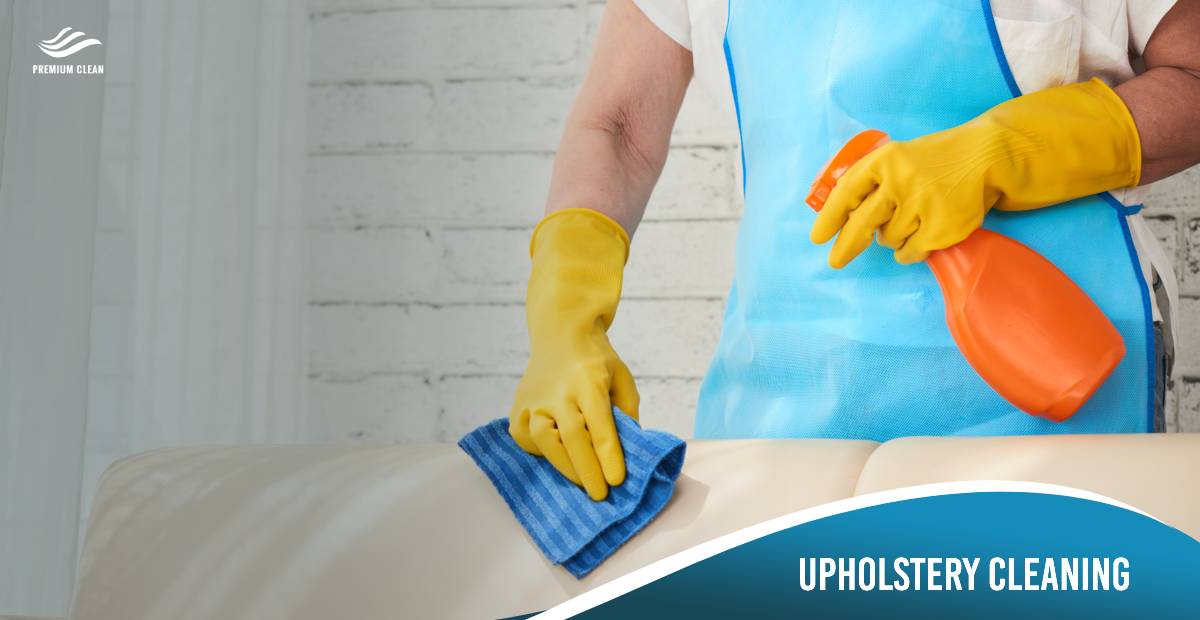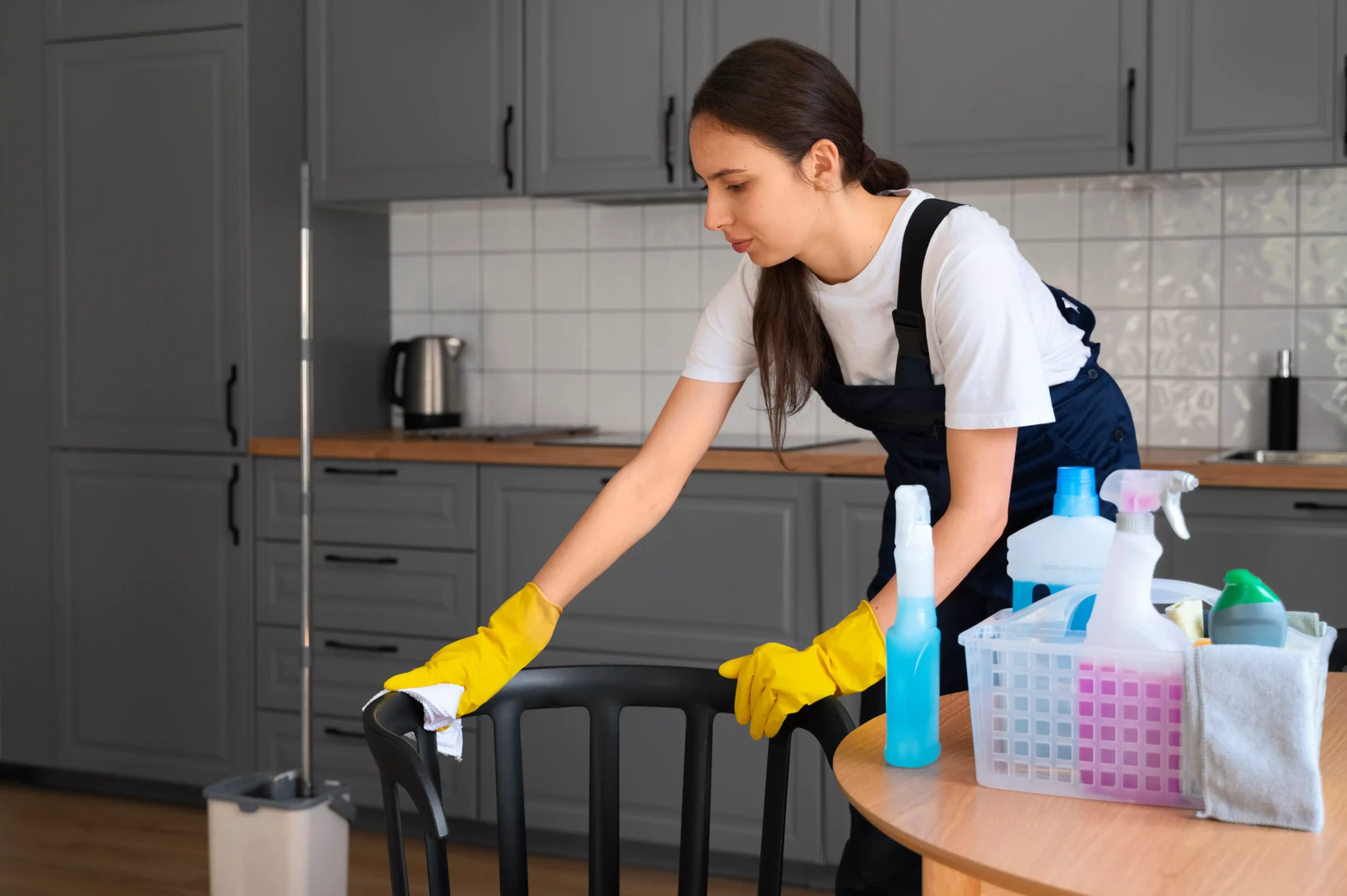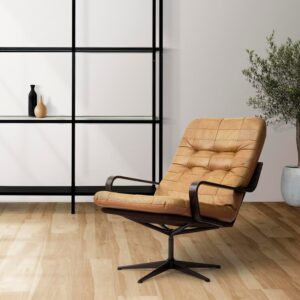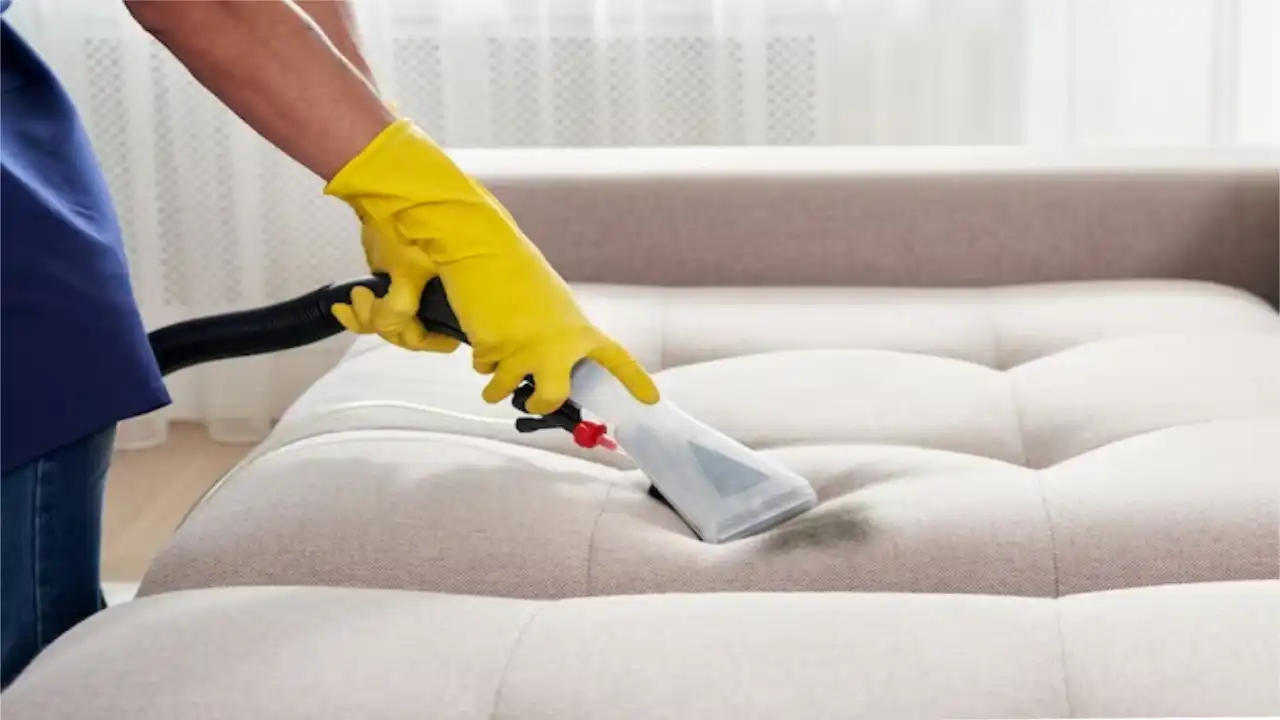As the world of interior design continues to evolve, upholstery fabrics play a significant role in adding comfort and style to our living spaces. However, with everyday use, these fabrics are exposed to various elements that can lead to wear and tear over time. Regular cleaning and maintenance are essential to prolong the lifespan and appearance of your upholstery. This comprehensive guide will explore the importance of cleaning and maintenance for different upholstery fabrics in NZ. Whether it’s the cosy cotton, the luxurious leather, soft velvet, or the chic microfiber, each fabric type requires distinct care to retain its charm.
Understanding Different Types of Upholstery Fabrics
Upholstery fabrics are not just aesthetically pleasing; they also contribute to the overall hygiene of your living environment. Dust, allergens, spills, and dirt can accumulate over time, leading to a less-than-pleasant seating experience. Regular cleaning enhances the appearance of your upholstery furniture and ensures a healthier atmosphere for you and your loved ones.
Upholstery fabrics come in various types, each with its characteristics and care requirements.
- Cotton is a common fabric choice known for its durability and breathability. It offers a wide range of colours, making it easy to match any home decor. It is easy to clean by spot cleaning or machine washing, making it a popular choice for families with kids or pets.
- Linen, on the other hand, adds a touch of elegance to any space. It is known for its natural colour, textured look and feels cool. However, it can be prone to wrinkling and may require professional cleaning.
- Wool is a new trend in upholstery fabrics, known for its natural stain resistance and high durability. It is a great choice for high-traffic areas but may require professional cleaning.
- Leather is timeless and versatile, adding a touch of sophistication to any room. It is easy to clean but may require regular conditioning to maintain its appearance.
- Microfiber, often mistaken for suede, is popular for its softness and stain resistance. It is easy to clean with a damp cloth or mild detergent.
When choosing the best upholstery fabric for your home, consider each fabric type’s specific characteristics and care requirements to ensure it meets your needs and preferences.
Preparing for Upholstery Cleaning: A Comprehensive Guide
Upholstery is essential to our home decor, providing comfort and style to our living spaces. However, it can accumulate dirt, stains, and odours over time, making regular cleaning necessary. In this guide, we’ll walk you through the steps to effectively clean different upholstery fabrics, ensuring their longevity and maintaining the aesthetic appeal of your furniture.
Before you embark on your upholstery cleaning journey, gathering the necessary tools and materials and taking safety precautions to ensure a successful and risk-free cleaning process is crucial.
Essential Tools and Materials
- Vacuum Cleaner: A high-quality vacuum cleaner with brush attachments helps remove loose dirt and debris from the upholstery’s surface.
- Microfiber Cloths: Soft microfiber cloths are gentle on fabric and can be used for wiping and spot-cleaning.
- Upholstery Cleaning Solution: Choose a cleaning solution appropriate for your fabric type to effectively remove stains and dirt.
- Steam Cleaner: A steam cleaner can help deep-clean and sanitize fabrics that allow steam cleaning.
- Soft-Bristled Brush: A soft-bristled brush aids in agitating dirt and stains without damaging the fabric.
- Leather Conditioner: Essential for leather upholstery, a conditioner keeps the material supple and prevents cracking.
- Lint Roller: Useful for quickly picking up pet hair and lint from upholstered surfaces.
Safety Precautions
- Ventilation: Ensure proper ventilation in the cleaning area to avoid inhaling cleaning fumes.
- Gloves: Wear gloves to protect your hands from cleaning agents and potential allergens.
- Patch Test: Before using any cleaning product, perform a patch test on an inconspicuous area to check for fabric compatibility.
Cleaning Process for Specific Upholstery Fabrics
Different upholstery fabrics require different cleaning approaches to prevent damage and achieve optimal results. Let’s delve into the specific cleaning methods for various fabrics.
Cotton and Linen
Cotton and linen upholstery is common and relatively easy to clean. Follow these steps for effective maintenance:
- Vacuuming: To remove loose dirt and dust, begin by vacuuming the fabric with a brush attachment.
- Spot-Cleaning Stains: Treat stains promptly with a fabric-safe remover, gently blotting the stain to avoid spreading.
- Steam Cleaning or Dry-Cleaning: Depending on the fabric care label, use steam cleaning or dry-cleaning to deep-clean and refresh the upholstery.
- Drying Techniques: Allow the fabric to air dry or use a fan to speed up the process. Avoid direct sunlight to prevent fading.
Wool
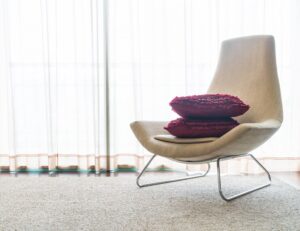
- Vacuuming with a Brush Attachment: Use a vacuum cleaner with a brush attachment to gently remove dirt and debris from the wool fibres.
- Dry-Cleaning or Professional Cleaning: Due to wool’s sensitivity to moisture, it’s advisable to seek professional dry-cleaning services.
- Wool-Specific Cleaning Agents: If spot-cleaning is necessary, use cleaners designed specifically for wool to avoid damage.
- Proper Drying Methods: After cleaning, allow wool upholstery to air dry indoors to prevent warping or stretching.
Leather
Leather upholstery exudes elegance but demands proper care to retain its beauty:
- Dusting and Vacuuming: Regularly dust and vacuum leather upholstery to prevent dirt buildup.
- Leather Conditioner Application: Apply a leather conditioner to keep the material soft and prevent cracks.
- Avoiding Harsh Chemicals: Use mild, pH-balanced cleaners to avoid damaging the leather’s natural oils.
- Buffing and Polishing: Gently buff and polish the leather to restore its shine and lustre.
Microfiber
Microfiber upholstery is known for its durability, but it still requires thorough cleaning:
- Vacuuming with a Brush Attachment: Remove loose particles with a vacuum cleaner equipped with a brush attachment.
- Stain Removal Techniques: Address stains with gentle soap and water. Blot, don’t scrub, to prevent damage.
- Steam-Cleaning or Dry-Cleaning: Depending on the care instructions, consider steam-cleaning or dry-cleaning for a deeper clean.
- Air-Drying or Low-Heat Drying: Allow microfiber upholstery to air dry or use low heat to prevent shrinkage.
General Upholstery Cleaning Tips
Regular Maintenance Routines
Upholstery is an essential component of home comfort and aesthetics. To ensure its longevity, regular maintenance is crucial. Implementing a few simple routines can significantly extend the life of your upholstery.
- Vacuuming: Dust, dirt, and debris tend to settle on upholstery surfaces. Regular vacuuming using a soft brush attachment can prevent these particles from embedding into the fabric. Aim for weekly vacuuming to keep your upholstery fresh.
- Fluffing and Rotation: If your upholstery includes cushions or pillows, periodically fluff and rotate them. This evens wear and tear, ensuring that one side doesn’t become more worn.
- Sunlight Protection: Prolonged exposure to direct sunlight can fade and weaken upholstery fabrics. Place your furniture away from direct sunlight, or use curtains and blinds to protect them.
Protecting Upholstery from Spills and Stains
Accidents happen, but protecting your upholstery from spills and stains can prevent lasting damage. Follow these steps to safeguard your furniture:
- Use Slipcovers: Slipcovers are a great way to shield your upholstery from spills and stains. They can be easily removed and washed, keeping your furniture pristine.
- No Food or Drinks: Establish a rule of no eating or drinking on upholstered furniture. This reduces the chances of accidental spills.
- Quick Response: In case of spills, act quickly. Blot the area with a clean cloth to absorb as much liquid as possible. Avoid rubbing, as it can spread the stain.
Using Fabric-Specific Cleaning Agents
Different upholstery fabrics require different cleaning approaches. Always check the manufacturer’s guidelines, but generally:
- Spot Testing: Before using any cleaning agent, test it on a small, inconspicuous area to ensure it doesn’t damage or discolour the fabric.
- Fabric Codes: Upholstery fabrics come with care codes. “W” means water-based cleaners are safe, “S” suggests dry-cleaning solvents, “SW” combines both, and “X” indicates professional cleaning only.
Proper Use of Brushes and Cleaning Tools
Using the right tools is essential to avoid damaging your upholstery during cleaning:
- Soft Brushes: Use soft-bristle brushes to gently scrub dirt and stains. Avoid stiff brushes that could fray or damage the fabric.
- Microfiber Cloths: These are excellent for cleaning and buffing surfaces without leaving scratches.
Conclusion
The significance of cleaning and maintaining high-quality upholstery fabrics cannot be overstated. Upholstered furniture is pivotal in our homes, offices, and various spaces, enhancing comfort and aesthetics. Regular upkeep of these fabrics ensures a clean and inviting environment and safeguards our investment in these pieces.
Upholstery fabrics in New Zealand are subjected to daily wear and tear, accumulating dirt, stains, and allergens. Neglecting their care can lead to premature deterioration, affecting their appearance and lifespan. By adopting a proactive approach to cleaning and maintenance, you can extend the life of your upholstery, preserving its allure and functionality.
In summary, cleaning and maintaining upholstery fabrics are essential for preserving their appearance, enhancing the overall environment, and maximizing their lifespan. By following the guidelines and remaining attentive to your upholstery needs, you can ensure that your furniture remains a source of pride and comfort for the long haul.
Discover the ultimate upholstery Care with Premium Clean! Sign up for a FREE account to learn how we can help you!
Last Updated on March 15, 2024

